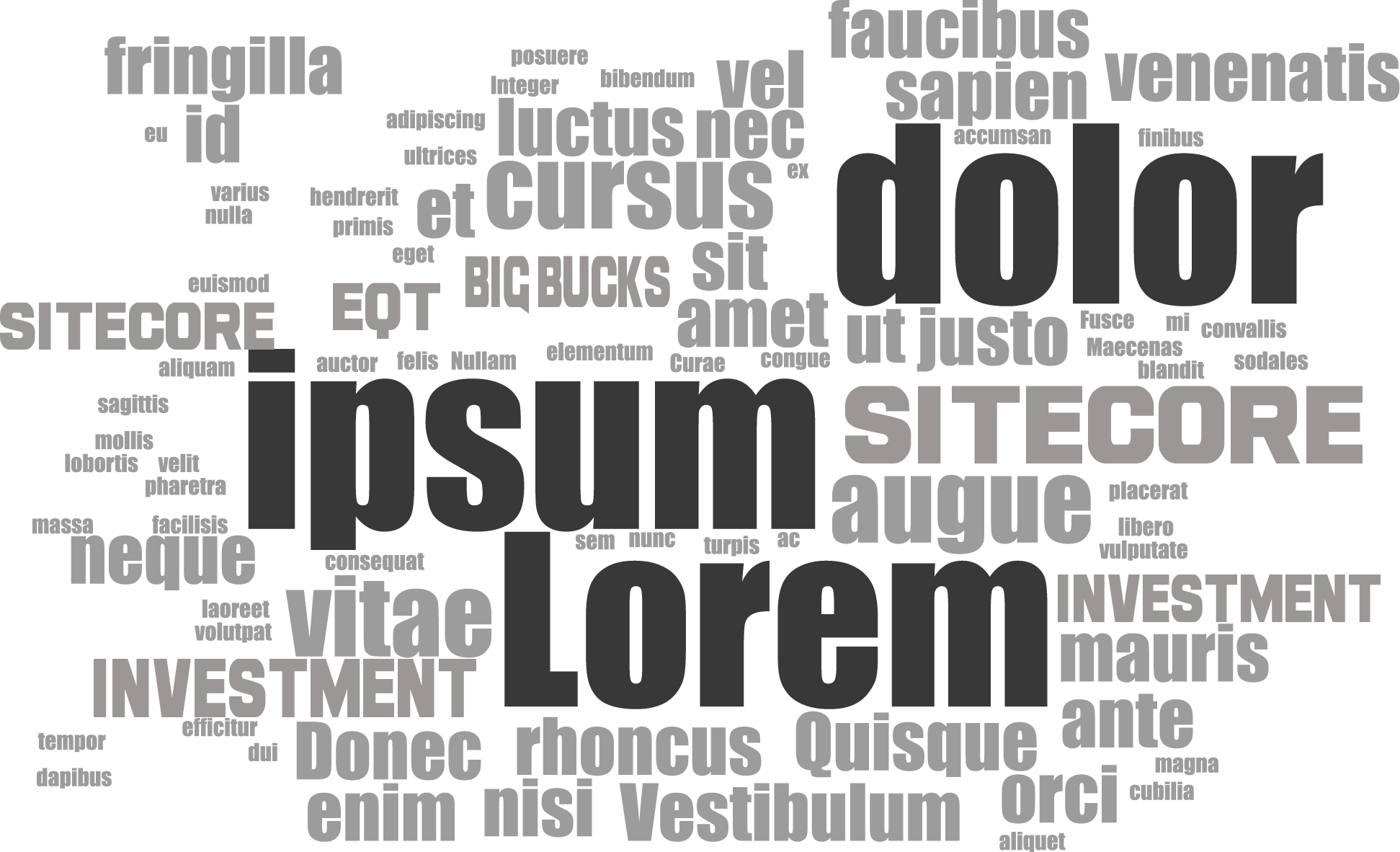So, did you hear the big Sitecore news … No? Don’t worry, hardly anyone else did either.
In case you missed it, on Tuesday, Sitecore announced – in possibly one of the worst written press releases ever – that it has secured $1.2B, yes, you read that correctly, one-point-two-BILLION-dollar investment to support a four-pronged growth strategy [insert Dr. Evil finger wag here].
An investment of this magnitude in our industry would normally cause significant discussion, at a minimum some serious chatter, yet channels remained quiet other than the press release. You’d think Sitecore itself would be shouting from the rooftop. They themselves tout it as newsworthy claiming: “The $1.2 billion investment is the largest ever in martech”. I mean it is not the $27.7B or $15.7B that Salesforce paid for Slack or Tableau respectively, or the $4.75B price tag Adobe forked out for Marketo, but it does rival other VC investments like the acquisition of EPiServer by Insight Partners for $1.1B in 2018. Yet all is quiet. So, honestly, where’s the fuss?
I reached out to several industry colleagues, both on the analyst and agency sides to A – ask if they had heard the news, and B – get their take on it if they had. No one had much to say, aside for agreement that the announcement left a lot (read: everything) to reader interpretation.
So here is my take.
It is a big deal, not just a big number
To get more on what was behind the announcement, I connected with Matt Krebsbach, VP, Strategic Messaging & Communications for Sitecore. Matt shared that “This is not just about money, it’s about the plan it will fund to fuel the next phase of the company’s journey and scale to the next level.”.
OK, so that makes sense – Sitecore has been on a mission to (re)build its brand and focus since its slide from the upper right-hand corner on a few analyst reports. According to Matt, and Sitecore’s website, this investment begins an exciting new growth phase which four-fold focused:
-
- Building the company’s human resources. With this infusion of investment, Sitecore’s plan is to increase its global workforce by more than 50% by the end of 2021. That is a big shift from the reported 5% trim of its workforce just over a year ago as a (rumoured) result of disappointing 2019 fiscal performance and failure to secure more of its targeted enterprise-level engagements. Will all these be net-new hires from the general public? I doubt it. My guess is that many of these new bodies will come from other EQT holdings; that they will leverage human capital and its brain trust from some of its other SaaS-based Industry, Innovation, and Infrastructure holdings.
- Strengthening its regional presence. To do this, Sitecore, like so many others in our industry, is looking beyond North America to build its book of business. By investing in core markets outside the US, the expansion seeks to expand into new and existing locations around the world. Already a global company, Sitecore seems to have dug up its Danish roots and replanted them in the US. Even the press release was based out of San Francisco – Sitecore’s US headquarters. Looking to other realms where it has, not to belabour the metaphor, shallower roots, makes business sense. But, tugging on the string that this is likely not a billion-plus dollar cash infusion, this foray into new(ish) markets will likely leverage a lot of what EQT already has on the ground in the APAC, Middle-East, and European markets.
- Accelerating time-to-market. The injection of resources is meant to enable the development and launch of new, cutting-edge content solutions faster. Will these new capabilities be homegrown? Acquired? – that remains to be seen. Traditionally Sitecore has trailed a little behind the pack in this area. With a good part of its install-base still on-prem, a move to be all SaaS, with an increased breadth of capabilities to meet customers’ maturing digital experience needs, is critical to Sitecore’s long-term success. And if this investment means more smart buys like Stylelabs and Hedgehog, and partnerships programs with the likes of Salesforce, Microsoft, and WPP, then delivering against this goal might just be the simplest of the four pillars of this renewed lease on life.
And finally… - Increasing Sitecore’s visibility by building its brand awareness. Led by CMO Paige O’Neill, Sitecore will spend some of its new-found funds on a global marketing campaign to raise awareness about who Sitecore is and why they see itself as the digital experience leader. Other than perhaps the likes of Adobe and SAP (which, by the way, is where Sitecore’s new’ish CEO, Steve Tzikakis hails from), many vendors in the martech space have had their voices muted by the proliferation of companies in the space. Setting alight a new fire under the Sitecore brand is due, if not a bit overdue, and this proposed master plan seems as good as any starting point to do so.
What does it all mean?
Once a contender for that top up-and-to-the-right position, Sitecore finds itself in a good position to relaunch its quest for being the number one digital experience platform provider – an inflection of resources (1.2 billion of them), a fresh leadership team, and lots of support available to them from other EQT family members should give the organization and its bigger, better, stronger workforce, the foundation it needs to succeed. And if or when they do, hopefully, they will have someone else write the press release.





